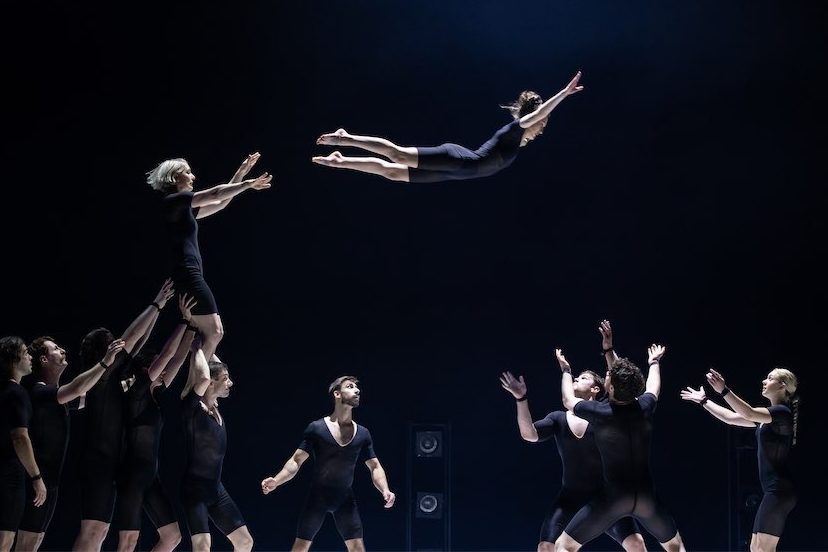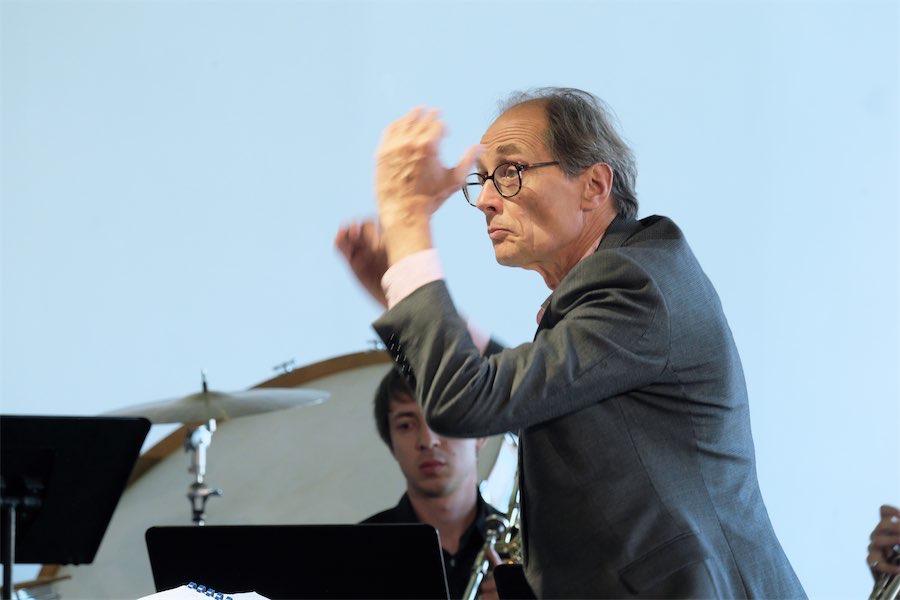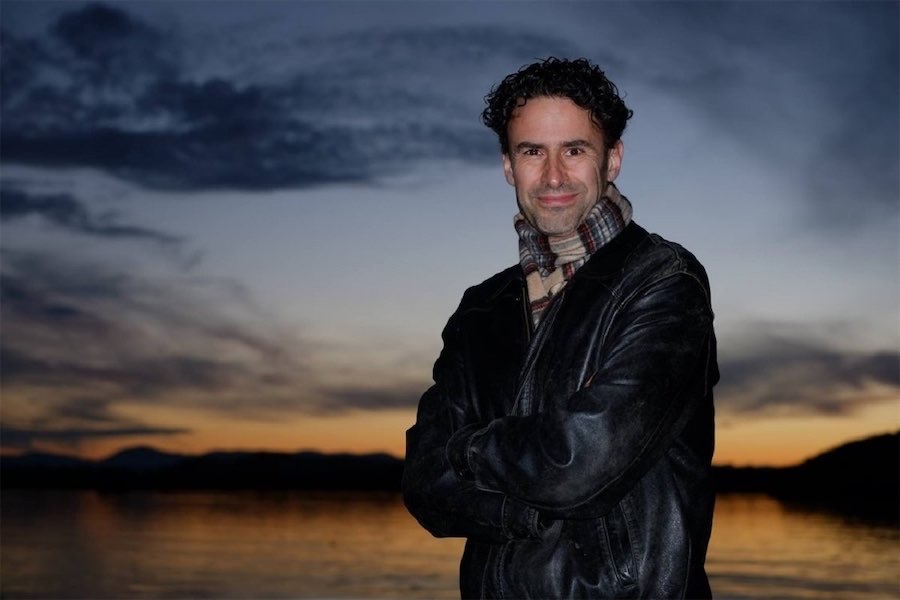
IN a move to close the perceived gap between national cultural institutions in the heart of Canberra, a national Aboriginal and Torres Strait Islander cultural precinct has been announced by the federal government.
Ngurra: the National Aboriginal and Torres Strait Islander Cultural Precinct is described by the chair of the Australian Institute of Aboriginal and Torres Strait Islander Studies, Jodie Sizer, as “a place of storytelling, and of teaching and of sacred rest for ancestral remains and other sensitive materials for which the provenance is uncertain.”
The word “Ngurra” appears in many different Aboriginal languages around Australia and is a word for “home”, “camp”, “a place of belonging”, “a place of inclusion”.
The planned site is located between Parliament House and the Australian War Memorial and will complement existing institutions located within the parliamentary triangle, including the Tent Embassy, the National Library, Questacon, the National Portrait Gallery, the National Gallery and the High Court.
Prime Minister Scott Morrison said the new $316.5 million precinct would take its place among Australia’s premier institutions in the parliamentary triangle as a place of national pride and significance.

Commonwealth Place and Reconciliation Place on the Walter Burley Griffin land axis in Canberra. Photo: David Wall.
“It will be a national landmark of the highest order, standing proudly for us all to celebrate, educate, reflect and commemorate,” he said, adding that its location on the primary axis of the triangle would demonstrate the importance and reverence this institution should hold.
The plan is for Ngurra to comprise two key elements – a national resting place to house and care for repatriated ancestral remains and associated cultural material on their journey back to country and a culture and knowledge centre to include education, exhibition and gallery space in a new fit-for-purpose home for AIATSIS.
Indigenous Australians’ Minister Ken Wyatt said the learning and engagement, exhibitions, research and curation at Ngurra would be “significant acts of truth-telling”.
“At its heart will be a national resting place where the remains of indigenous Australians taken from their country will be cared for until they are able to be returned to their communities,” he said.
In instances where provenance had been forgotten or erased, they would be cared for in perpetuity with dignity and respect.
AIATSIS CEO Craig Ritchie said consultation with Aboriginal and Torres Strait Islander people throughout the project’s development would be essential, since the built-for-purpose facilities would allow them to showcase the work of AIATSIS in new ways.
It would eventually become a place for discoveries by the tens of thousands of schoolchildren who visited Canberra each year to learn about a story that is more than 65,000 years old and furthering the national narrative of what it meant to be an Australian.
Sizer said she believed the concept of a national resting place was long overdue and the precinct would complement storytelling in the other parliamentary triangle buildings.
Over two decades of consultations the need had been identified for a resting place that would replace existing facilities in museums, which did not presently provide culturally-appropriate facilities for caring for ancestral remains with limited provenance.
It would provide a more accessible home for AIATSIS, presently located next to the National Museum of Australia on the Acton Peninsula.
The more than one million items included works by knowledge-keepers, artists, filmmakers, storytellers and writers, and academic research materials, with donations from First Nations communities steadily pouring in to enlarge the collection.
AIATSIS was also a leader of research in First Nations studies and authority on ethics, protocols, and collections practices.
The government has announced that an architectural design competition will be run this year to develop a design fitting for the location that reflects Aboriginal and Torres Strait Islander peoples’ aspirations. An independent jury will judge the entries.
Who can be trusted?
In a world of spin and confusion, there’s never been a more important time to support independent journalism in Canberra.
If you trust our work online and want to enforce the power of independent voices, I invite you to make a small contribution.
Every dollar of support is invested back into our journalism to help keep citynews.com.au strong and free.
Thank you,
Ian Meikle, editor




Leave a Reply